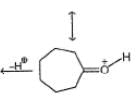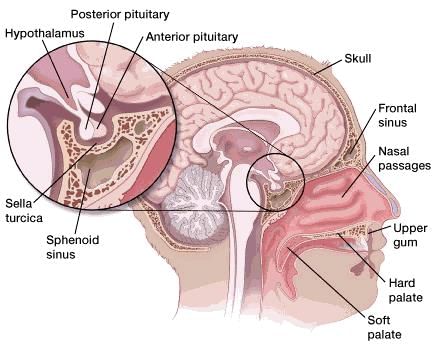Practice Test - NEET MCQ
30 Questions MCQ Test - Practice Test
Is it possible to use a capacitor of suitable capacitance instead of a choke coil?
Two thin long parallel wires separated by a distance b are carrying a current i ampere each. The magnitude of the force per unit length exerted by one wire on the other is
Which one of the following is likely to give a precipitate with AgNO3 solution?
A solution of (–)-1-chloro-1-phenylethane in toluene racemises slowly in the presence of a small amount of SbCl5, due to the formation of
In SN2 reactions, the correct order of reactivity for the following compounds: CH3Cl, CH3CH2Cl, (CH3)2CHCl and (CH3)3CCl is
Direction (Q. Nos. 1-8) This section contains 8 multiple choice questions. Each question has four choices (a), (b), (c) and (d), out of which ONLY ONE is correct.
Q,
Which of the following pairs of compounds can be used as starting material in the synthesis of 2-phenyl-2-pentanol?
Choose the reagent and reactant that would produce 2-methyl-2-butanol as the major product.
What is the correct structure for the major compound produced by the following reaction sequence?
Primary alcohol can easily be prepared from primary alkyl halide via SN2 reaction with aqueous NaOH. However, similar method does not work for the preparation of tertiary alcohol. Which reaction can be used for the efficient preparation of tertiary alcohol {tertiary butanol) from tertiary butyl bromide?
Hormones secreted by the hypothalamus show their influence on ______.
An unknown liquid collected from a sample of peas, is added to a beaker of water and is vigorously shaken. After few minutes, water and the unknown liquid made two separate layers. To which class of biomolecules, does the unknown liquid most likely belongs?
Which part of the brain acts as a relay centre to receive and transmit general sensations except for smell :
Injury localised to the hypothalamus would most likely disrupt ______.
Which of the following integrates all the activities of the organs?
Brain cavities are filled with CSF. In subarachnoid space, the CSF plays the following roles :





















